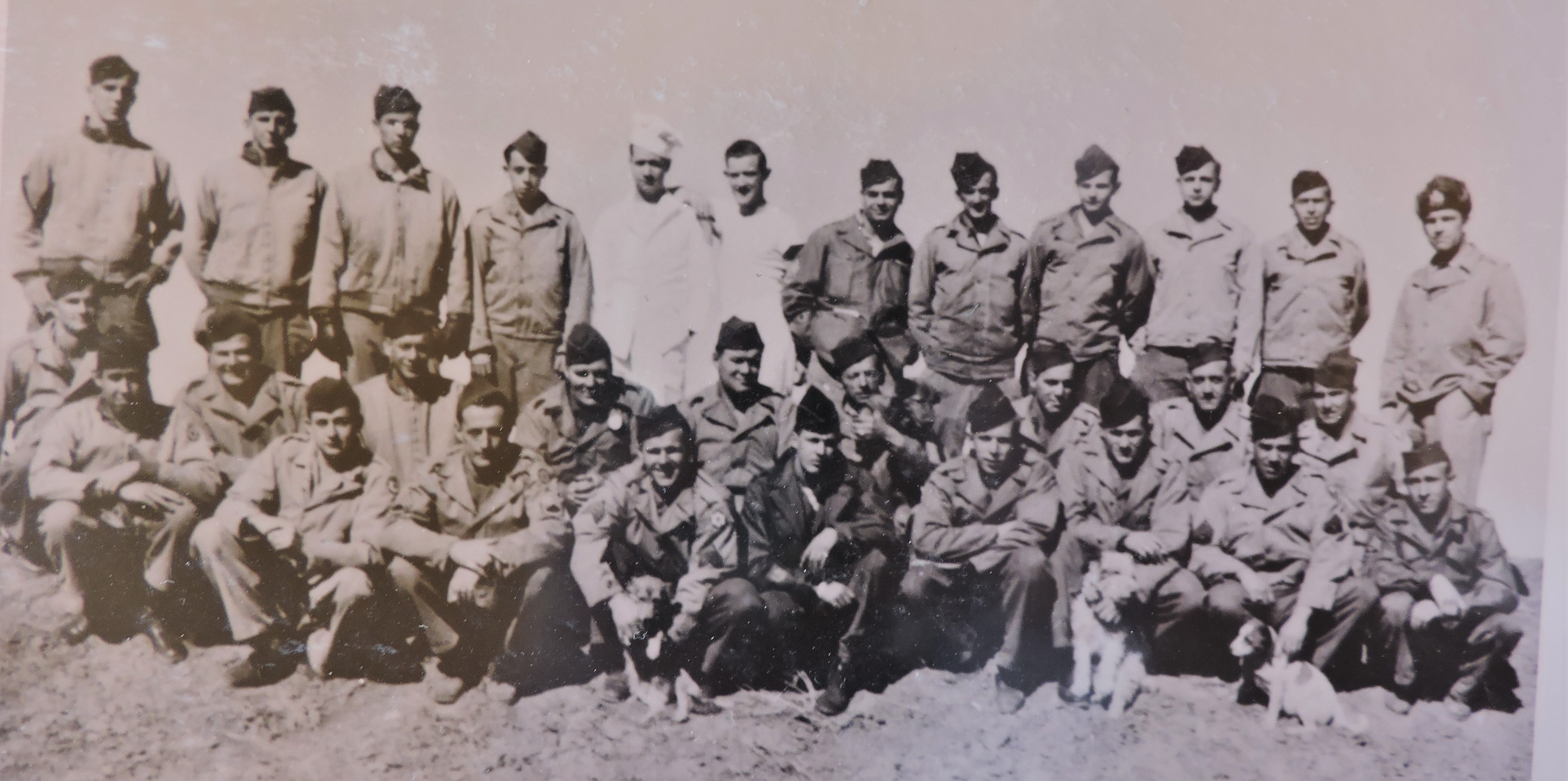The People at Trinity
The scientists, technicians, and engineers began arriving in March of 1945 as the pace and scale of operations grew each day. Originally designed to hold 160 people, it eventually held close to 300 and needed to be expanded. At its peak a week before the detonation, there were about 325 engineers, scientists, technicians and soldiers at base camp.
Up to 45 military engineers in a Provisional Engineer Detachment, including the mess hall crew, were responsible for construction, maintenance, generators for power, and life support duties at Trinity; they fixed anything and everything. Early in the history of the Manhattan Project, the Army decided to tap the pool of soldiers possessing scientific and technical backgrounds who were serving in it, mostly as draftees. These soldiers were assigned to an entity called the Special Engineer Detachment known as “SED’s.”
Their ranks included skilled mechanics, machinists, and electronics technicians. Although most SED’s had no science education beyond a Bachelor’s degree, and some lacked even that, they were plucked from the rank and file of the Army for their technical skills and put to work solving problems related the creation of the atomic bomb. Their in-depth on-the-ground job meant that the SED’s worked side-by-side with brilliant scientists at the frontier of physics and chemistry.
Assigned to the SED, 23-year-old Sergeant Bert Lehr served as technical assistant to key personnel at Los Alamos, then set up the clean room at the Schmidt-McDonald ranch house to receive and assemble the plutonium core. The ranch house’s master bedroom served as a temporary lab with electronic equipment to measure radiation during the hours of assembly. SGT Lehr obtained a Bachelor’s degree while in the Army. After the test he continued to work at Los Alamos until his discharge in February 1946. As a civilian, Lehr supported two tests at Bikini Atoll in the Marshal Islands and had a successful engineering career. Lehr visited Trinity and gave an oral interview at the 60th anniversary, 16 July 2005.
Carl Rudder, an electrician in civilian life and a Tech 5 in the SED, ran the generators, pumps, wells, and power system. He commented that he was in charge of the “East Jesus and Socorro Light and Water Company.” He was it’s only “employee.” Rudder was from Tennessee and had hoped to be assigned to the Oak Ridge facility, but project requirements meant that he found himself at Trinity. He enjoyed hunting and shot a Golden Eagle that was harassing CPT Bush’s dog. In addition to his service, we are grateful to him for putting together a scrap book from which came many of our photos showing life at Trinity.
A steady stream of personnel and vehicles took the 8-hour trip from Los Alamos as preparations advanced. During May, the warehouse supplying Trinity was handling 35 tons a day. At its peak in June the number went up to 54 tons. Anywhere between two and ten trucks would leave Los Alamos at night and arrive at Trinity in the morning. Equipment was addressed to a professor at the University of New Mexico to hide its connection to Trinity. Providing food to the constantly fluctuating population was a challenge. A windmill at the camp pumped water, only to be used for sanitary purposes due to its high alkalinity. Potable drinking water was hauled in on a regular basis by truck.









2 thoughts on “The Trinity Test Site”